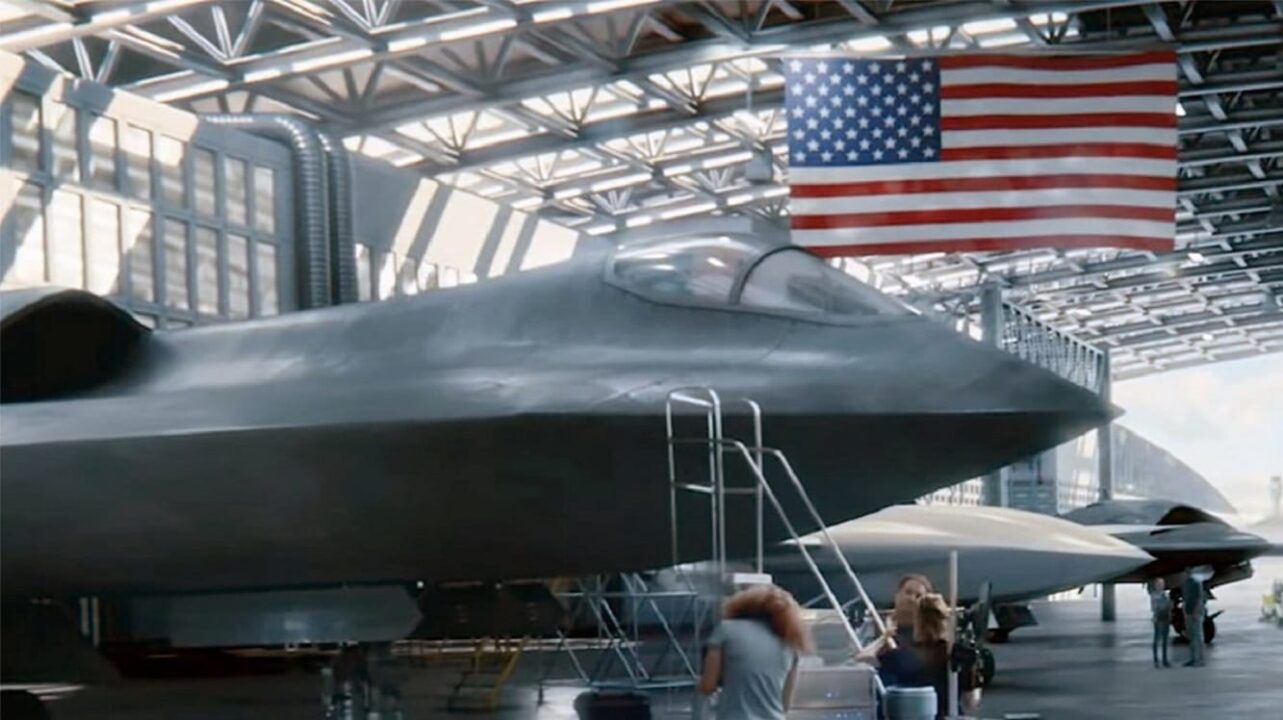The US Air Force is quietly developing a sixth-generation fighter platform. While fifth-generation fighters like the F-22 and F-35 are still world-leading, cutting-edge platforms, the US is wary of advancing fighter technology in rival states like Russia, and, especially, China.
NGAD: Does America Really Need It?
Whether the US needs a sixth-generation fighter is debatable. The US still leads the world with respect to existing aerospace platforms. In terms of quality and quantity, the US is unrivaled. Although China is aggressively expanding their domestic aircraft-making abilities; they have already constructed over 200 Chengdu J-20s, a fifth-generation fighter that shares DNA with both Russian and US designs. China is also working to develop their own sixth-generation fighter. And as China promises to be the US’s primary rival, the world’s only other great power, the US is unlikely to let the Chinese gain any perceived advantage with respect to fighter technology. Accordingly, the US will pursue a sixth-generation fighter, regardless of the resources required.
What Is NGAD?
The US sixth-generation project, or the Next Generation Air Dominance (NGAD) project, is still in preliminary design phases – and has not yet entered the engineering, manufacturing, and development stage. The USAF has stated that they intend to field a NGAD before the end of the decade. Given that 2022 is almost over, and the jet is still in the design phase, some observers are wondering if the USAF’s timeline is still feasible.
The USAF has, understandably, kept the NGAD program secretive. Not much is known about the highly classified program. But speaking in June, Secretary of the Air Force Frank Kendall confirmed that the USAF is still designing the NGAD – and that the NGAD has not gone through the “Milestone B” review process. Milestone B “marks the completion of a program’s technology maturation phase and the formal start of an acquisition program,” Defense News reported, “when the service takes its preliminary design and focuses on system integration, manufacturing processes and other details ahead of production.”
Timeline for the New Stealth Fighter
Outsiders are not particularly confident the NGAD program will be in the air before the end of the decade. Heritage Foundation fellow and former USAF pilot John Venable told Defense News “It could happen [by 2030], but the odds are against it happening. Heather Penney, another former USAF plot and now a fellow at the Mitchell Institute for Aerospace Studies agrees. “I have serious skepticism that NGAD will reach meaningful full-rate production…by the end of the decade,” she said. “it would be realistic to expect that full-rate production will not occur until sometime into the 2030s. I would love for the Air Force to prove this wrong.”
Still, all debate is focused on when the NGAD will be operational, and when it is operational, what the platform will actually be capable of. No one seems too concerned with the question of whether we need the NGAD in the first place. The myopic focus on forging ahead and developing newer, better military technology is nothing new, certainly not in the aerospace realm. The US has been “pedal to the medal” with respect to churning out new and improved aerospace designs since World War II or so.
Maintaining an edge over our competitors in the air is something that US military leaders are completely fixated on. One wouldn’t expect that to change now, with another great power ascending to challenge US unipolarity for the first time in the thirty years since the fall of the Soviet Union.
The US aerospace industrial complex never really stops to rest; when the NGAD is operational, whenever that is, the US will pivot seamlessly into designing their seventh-generation fighter, without a moment’s rest.
NGAD: A Bonus Photo Essay
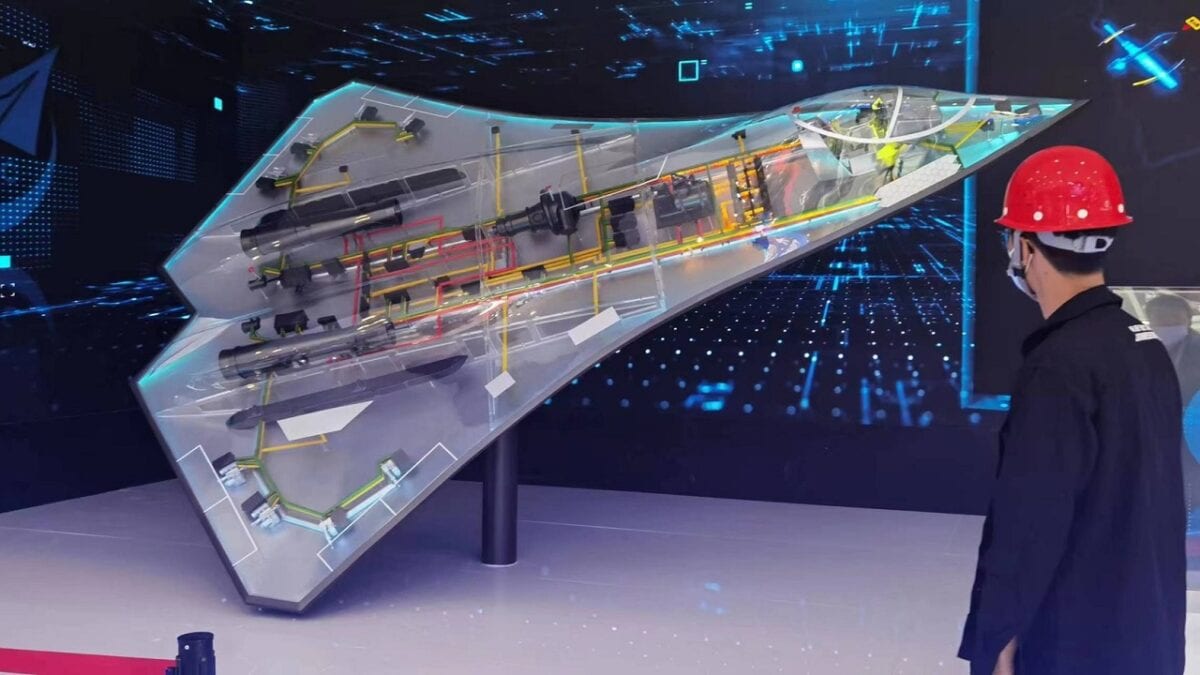
China NGAD 6th Generation Fighter. Image Credit: Chinese Social Media.
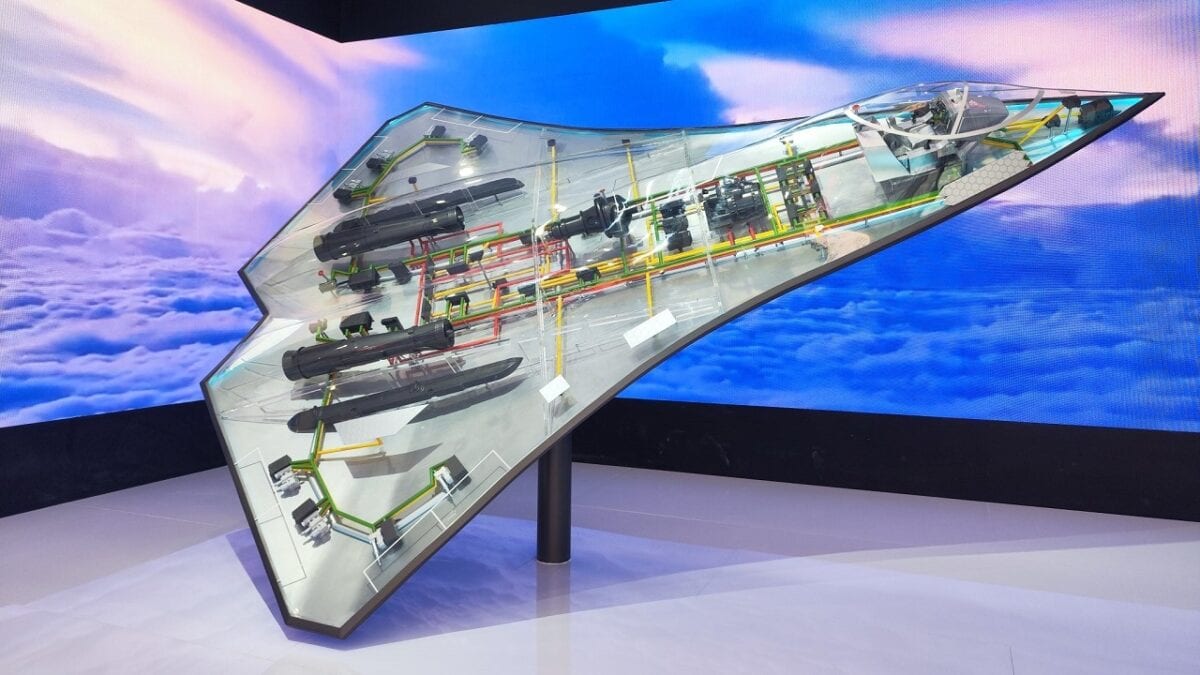
NGAD China 6th-Generation Fighter. Image Credit: Twitter.
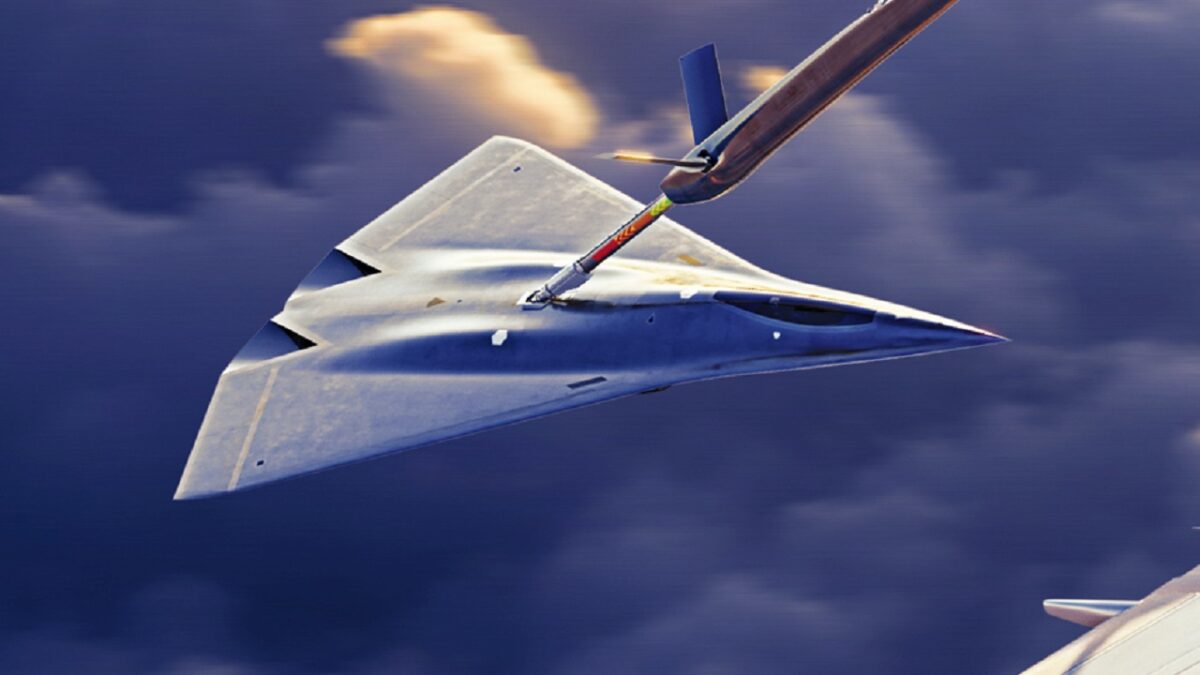
Image Credit: Lockheed Martin.

Image: Lockheed Martin.
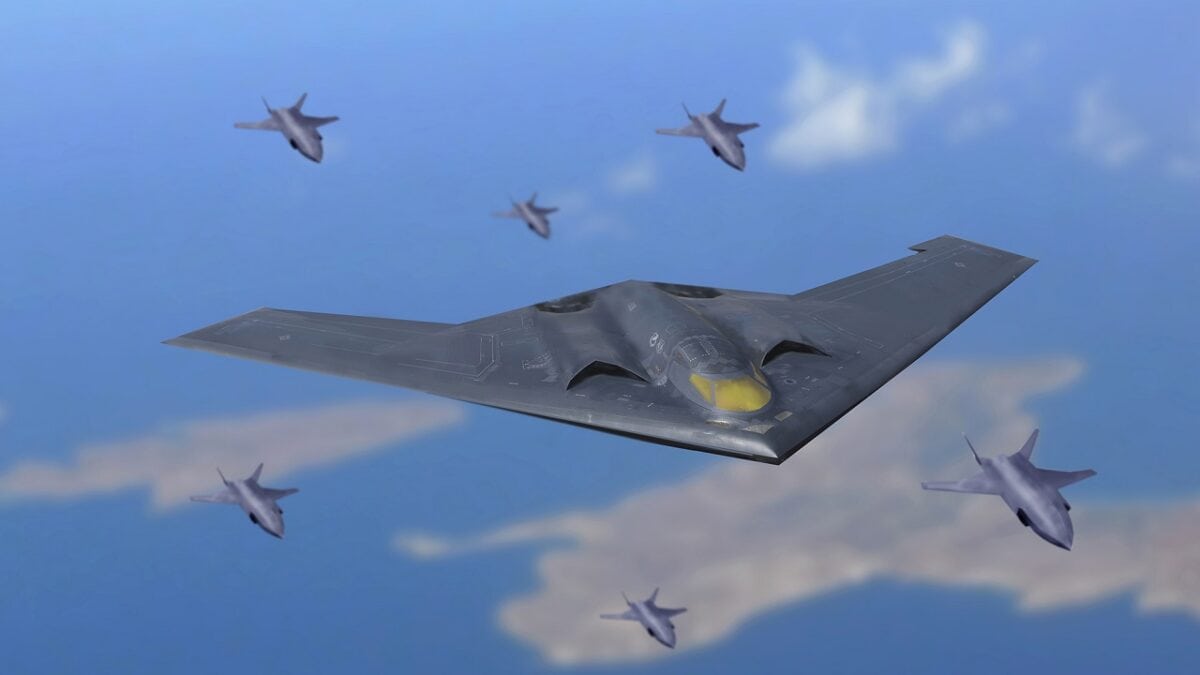
An artist illustration depicts a U.S. Air Force extended-range B-21 Raider escorted on a mission by armed unmanned next generation air dominance platforms. This fictional bomber features longer, wider wings, and a deeper fuselage that accommodates larger fuel tanks and dual weapons bays that enables the bomber to carry a much larger and varied payload. Mike Tsukamoto/staff; Greg Davis/USAF
Harrison Kass is the Senior Defense Editor at 19FortyFive. An attorney, pilot, guitarist, and minor pro hockey player, he joined the US Air Force as a Pilot Trainee but was medically discharged. Harrison holds a BA from Lake Forest College, a JD from the University of Oregon, and an MA from New York University. He lives in Oregon and listens to Dokken.

